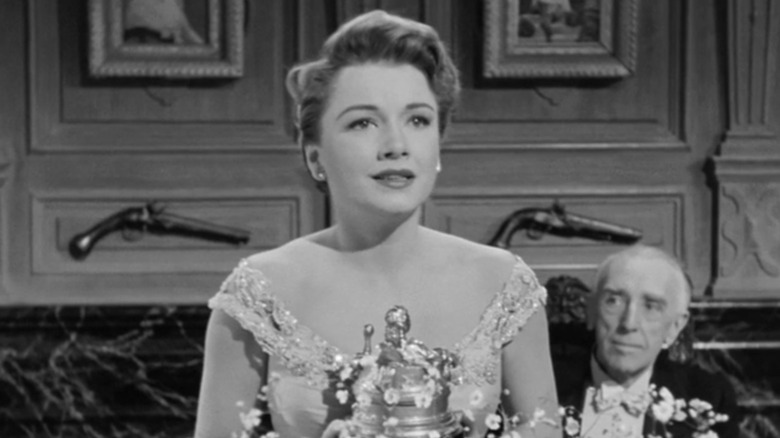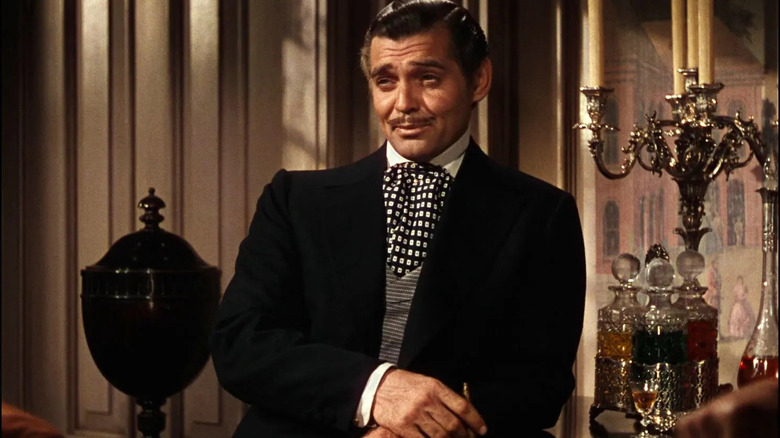Some fun facts about the Oscar statuettes:
Prize measures 13 and a half inches and weighs about eight and a half pounds overall. The statues are made of solid bronze and plated in real gold. During the metal shortage of World War II, Oscars were made from painted plaster, although winners were allowed to exchange them for bronzes once the materials were plentiful again.
It is said that over-handing an Oscar can cause the gold to tarnish, so Oscar winners should be careful with them. The statuettes are made by an art foundry in Chicago called Polich Tallixthe same company that handled the work of Roy Lichtenstein, and the Korean War Memorial in Washington, D.C.
The statuettes also, technically, do not belong to voters or to the people who earn them. Indeed, starting in 1951, the Motion Picture Academy introduced a new rule prohibiting winners from selling their Oscars at any cost. It was important for the MPA to keep its image intact and maintain the prestige of the Oscars. According to their own rulesOscar winners are not allowed to sell or throw away their statuettes without first offering to resell them to the Academy… for $1. This rule is also extended to people who inherited statuettes from deceased parents or who received a statuette as a personal gift.
Some Oscars have actually made their way onto the black market in the past, but for the most part you’ll only see them in museums, in studios, or in the homes of talented people.
The Academy bans the sale of Oscar statuettes, in order to maintain their prestige
To quote the Academy’s regulations in full, it reads:
“Oscar winners have no rights in the Academy’s copyright or goodwill in the Oscar statuette or in its trademark and service mark registrations. Winners must comply with these rules and regulations The winners must not sell or otherwise dispose of the Oscar statuette, or allow it to be sold or disposed of by operation of law, without first offering to sell it to the Academy for the sum of $1.00 This provision will also apply to heirs and beneficiaries of Oscar winners who can acquire a statuette by donation or bequest.
Of course, some Oscars have appeared on the market.
The Marca website listed the fact that Michael Jackson, in 1999, purchased the Oscar for best film for “Gone with the Wind”. He paid $1.5 million for it. Before the no-sale rule was passed, actor Howard Russell, winner of the 1944 film “The Best Years of Our Lives,” sold his Oscar for $60,500 to pay his wife’s hospital bills. female. Additionally, the Oscar won by screenwriter Herman J. Mankiewicz for his co-writing of “Citizen Kane” was put up for auction and sold for $588,455.
A report in CBS News revealed that in 2007, someone attempted to sell two Oscars won by Mary Pickford in the 1920s. The Academy took the seller to court and won by repossessing the statuettes. In 2014, via a report in Reutersthe nephew of Oscar winner Joseph Wright (for art direction of “My Gal Sal” in 1943) actually auctioned off his uncle’s Oscar for $79,200. When the Academy learned of the sale, it also sued the seller and the auction house. They also won that lawsuit and the Oscar had to be returned to them. No luck for the buyer, whoever he is.
Other cases of Oscar sales
The famous director Steven Spielberg, eager to do good at the Academy, once found the Oscars won by Clark Gable for “Gone with the Wind”, and the two Oscars won by Bette Davis for “Dangerous” and “Jezebel”. He purchased the Gable pair at auction for $607,500 and the Davis pair for $758,000. But Spielberg was not a collector and he donated the Oscars to the Academy. I guess he didn’t accept the $1 redemption for them. It was in 2002 and was reported by the Los Angeles Times.
In 2012, Yahoo! reported that David Copperfield, the wealthy magician, sold an Oscar he owned for a whopping $2 million. It’s the Oscar that director Michael Curtiz won for his work on “Casablanca,” and Copperfield reportedly purchased it in 2003 for $231,500.
Since the rule against selling Oscars wasn’t passed until 1951, most stories about black market statuettes involve awards won in the 1920s, ’30s or ’40s. If you’ve seen new Oscars in person, they were probably donated or loaned to a museum for display purposes.
Unfortunately, there is no official record of how many Oscar statuettes are currently missing. This would require a lot of research and investigation, as well as a lot of preparatory work. However, if the Academy is looking for someone to do such work, it’s likely that there are plenty of qualified filmmakers all over the world who would be happy to contribute. Much like the Academy itself, its fans probably want the organization to maintain its prestige.






